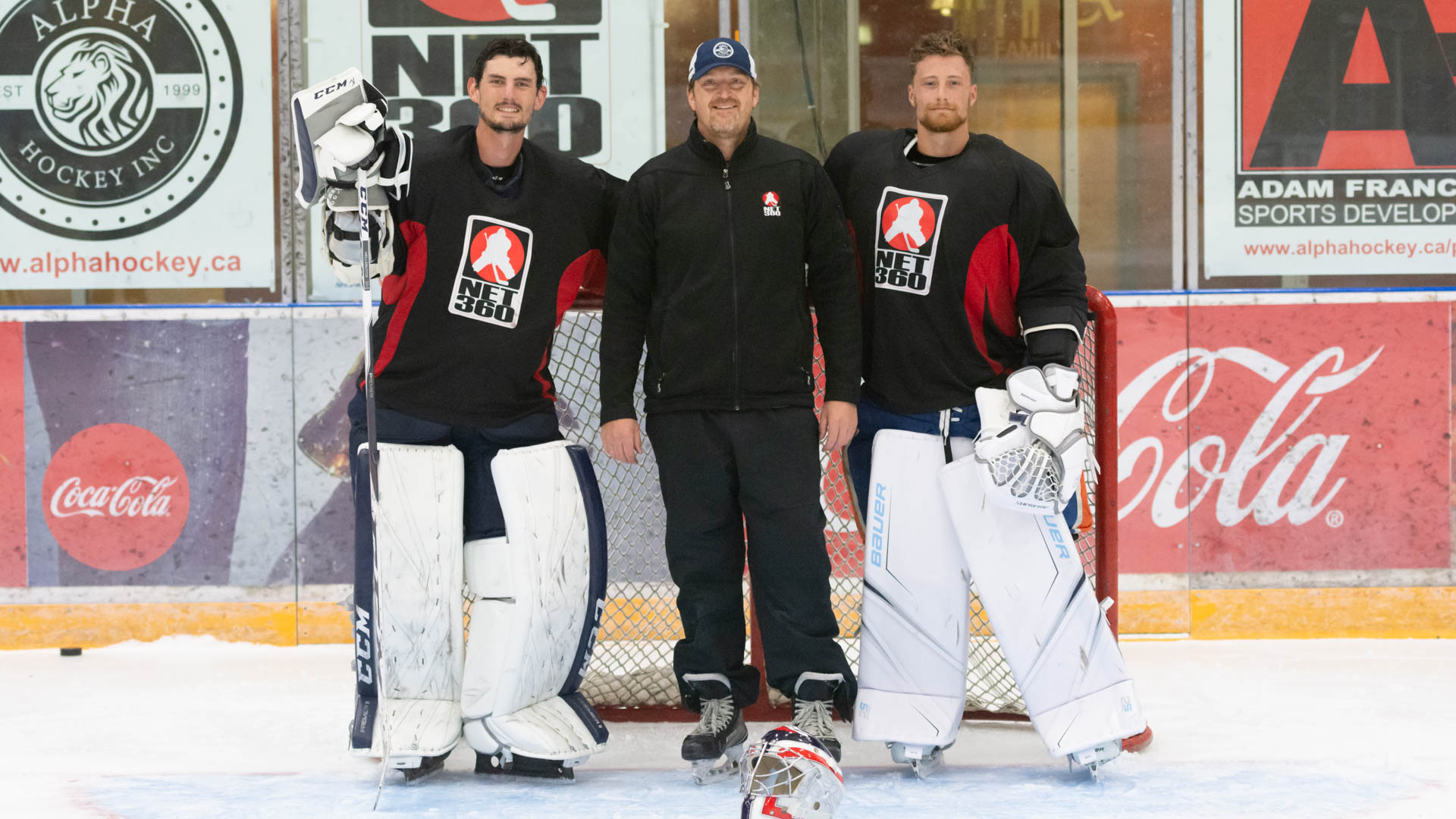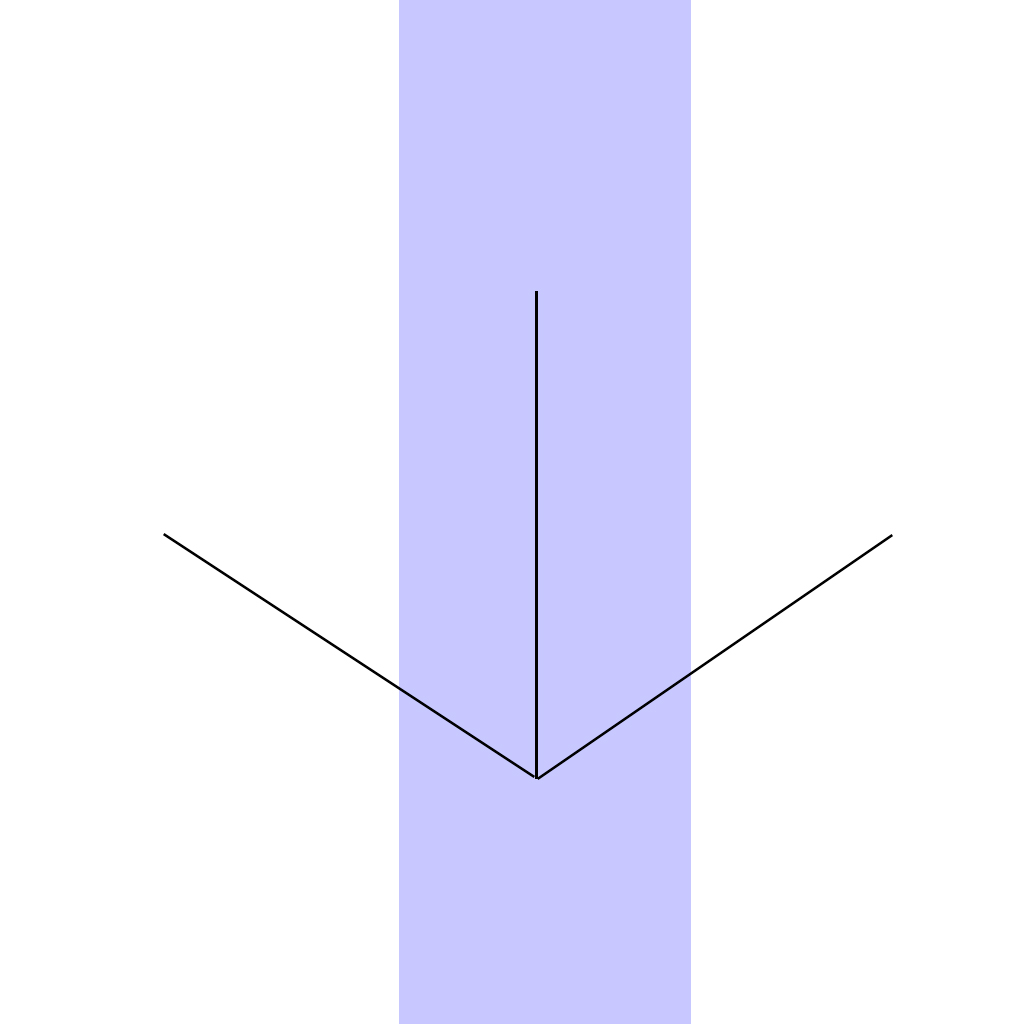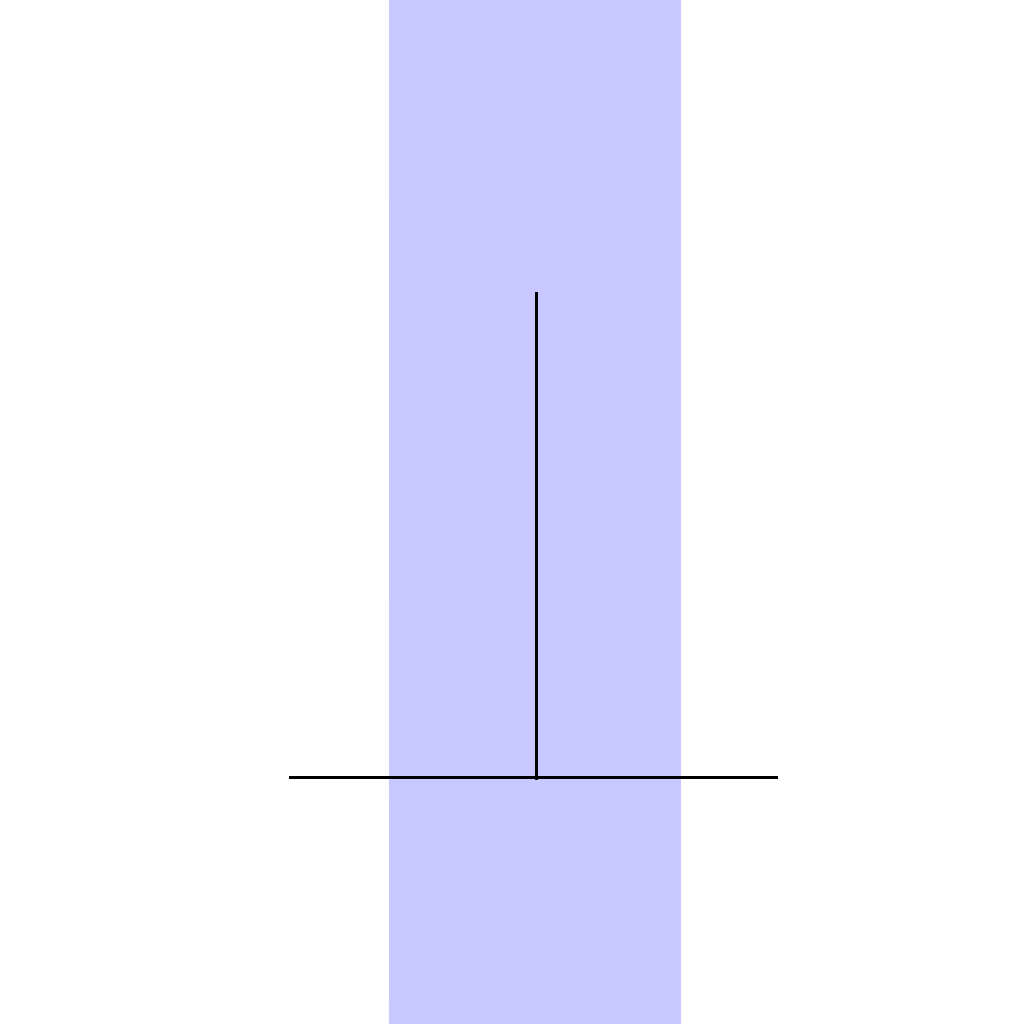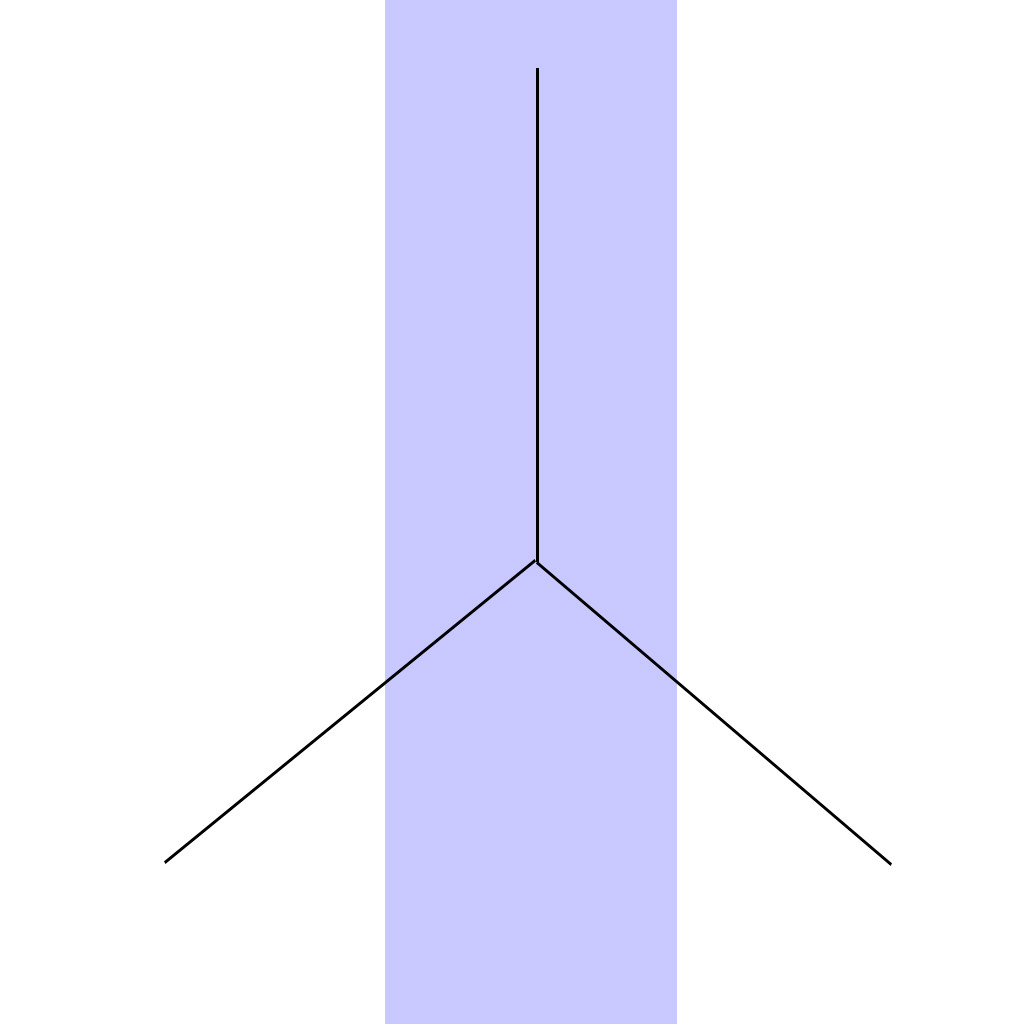
Pro Tips
Hellebuyck and Brossoit Demo Skating Warmup
Use these visual cues for efficient movements even when you can’t work in a crease.
James Jensen is currently the goaltending coach with the Everett Silvertips of the Western Hockey League, and a long-time coach for current Winnipeg Jets, Arizona Coyotes, Detroit Red Wings goaltender Eric Comrie, and U.S. World Junior hopeful Dustin Wolf. He shared this quick skating drill as a warm up while he was working with Jets goalies Laurent Brossoit and Connor Hellebuyck at the annual NET360 goaltending camp this past summer.
The funny thing about this skating drill is that I came up with it while working with a young Eric Comrie in California, and had to laugh when I heard him talking about it on the InGoal Podcast.
As Eric said on the show, ice wasn’t easy to come by in California, and he always wanted to work, so we would go to open ice to skate, but we rarely had a crease to work in because that’s where the figure skaters would be landing all their jumps. So, I came up with this.
Eric Comrie on Skating with James Jensen as a Youngster
It’s a good warm up drill, especially when space is tight, but can also be an easy way to work on movement mechanics by using the lines as a checkpoint to make sure when the goalie arrives on the new angle, their feet get set with skate blades parallel to that new line.
If you use a crease as a guideline, it’s eight feet across, so you can draw each line roughly four feet, but the lines themselves aren’t an exact science. You’re just trying to trying to do something with small, medium and large rotations in movement, and if you’re off 10 degrees, it’s no big deal. The lines just give them a guideline on what they want to square on.
Where you start your goalie relative to the center point of each diagram determines how far you have to push and can be modified depending on your goal and the individual goaltender. In other words, if they are at the edges, it’s a bigger movement and they’ll probably need a T-push to get from tip to tip. But if they start closer to the middle point, where all three lines intersect, they may use a shuffle. We saw this in the video with Hellebuyck, especially the SMALL ROTATION, which we slow down below.

Small Rotation
Shaped like a “crow’s foot,” these lines that extend out from the middle line to create a smaller movement and rotation that mimics a short pass, like from the dot to the top of the slot.
As we slow down and pause the video above, we see that Hellebuyck doesn’t quite get set and square on a couple of reps, but remember these guys were just using this as a quick warm up before we went into more dynamic drills with multiple NHL shooters. Hellebuyck wasn’t even out on the ice to hear the first instructions when Brossoit started. If we were more focused on the details of their movement, those are the kinds of things you’d look for as a coach.

Medium Rotation
The middle diagram is quite simply a “T” shape for a longer rotation, maybe for a pass from point to point across the slot line, or moving from the top of your crease to the post.
Again, if we slow down the video, we see he’s not quite getting squared up on each line, but these guys were just trying to get their feet moving to start the day. But if you’re using this drill to focus on movement, keep an eye on the skates and the lines with each rep.

Large Rotation
The last movement mimics a big lateral move on a pass across the ice, maybe from the outside hash marks, or going from the top corner of the crease on one side, all the way down and back across to the far post. There’s a lot more rotation involved with this push.
It’s an imaginary pass, but it you want to take this drill to another level, you could have coaches or other goalies out there passing a puck around with the lines helping you and your goalie understand if they’re truly getting square on each spot. Or you can lay down a glove or pucks further out along the line angles to give the goalie a focal point for visual attachment, and have them pretend they are watching that pass move across as they move from spot to spot.
Adding Recovery
The only thing that changes when we add recovery to the movement patterns is we maybe focus a little more on trying to get a visual attachment to our target line as we initiate each movement. Using the blue line as the middle point for all three patterns helps in this case, because it gives you a target beyond the lines we’ve drawn on the ice.
One thing I look for all the time is how much is that push skate twisting before or as they push?
If there is no twisting in that push skate, that’s telling me they’ve done a great job getting their rotation, getting angle to their new target and then pushing. It means they’ve got that push skate set parallel to their new target line, whereas if they leave that push leg and skate behind a bit you’re likely to see some twisting, often from the heel of the skate, as they push through.
Whether you see it in real time with the naked eye, or slowing it down on video and looking at it frame by frame. you’ll be able to see it. Either that skate is dug into the ice and all the energy is going to transfer and there’s no bleeding of energy in the push if it’s parallel to the target line, or it’s going to spin up and you’re going to lose a lot of power on that push.
We can see how well Hellebuyck does it with the recovery drills once he’s clear on the goal of squaring up to each line. There’s no wasted energy or spin to those skates when he’s pushing and almost every rep he’s square to his new angle. I always look at the skate blade.
Devan Dubnyk is a great example. Whenever I do a drill like this with him, the placement of the skate is perfect and it starts from the top down. The skate just doesn’t magically appear in the right spot, it comes from the rotation he gets leading from the top down, so when he finally plants that grip skate, it’s incredibly steady, it doesn’t slip, and there’s no wasted energy.
Using these simple lines can help a coach – and their goalie – identify those keys in movement, or as checkpoint during warm ups. It also comes in handy when you don’t have access to a crease to work in because the figure skaters ⛸ keep landing their jumps in it.
Comments
Let's talk goaltending!
We welcome your contribution to the comments on this and all articles at InGoal. We ask that you keep it positive and appropriate for all - this is a community of goaltenders and we're here for each other! See our comment policy for more information.




Outstanding!!! I’ve started using these diagrams with goalies from U10 through U18. Lines provide instant visual feedback to goalies, both positive and negative, about their movement. In just over a week, we are seeing transfer of skill from drill to game like situations.
That’s great to hear John! Send us a photo if you can [email protected] we’d love to see it in action and share on social if we can.
Brand new subscriber, long time podcast listener…Question. I’m a former D1 player from 30 years ago (defense) and a current coach and goalie dad of a U15. From the video, it seems like Hellebuyck uses a very flat blade cut (you can hear his blades squeaking on the ice!). A recent interview you guys did covering hip injuries to goalies, it was mentioned that goalies may be using too sharp a skate. However, it was never discussed what the trends are for the cuts that goalies are using these days. You guys have any data on that? know it’s extremely personal but wondering about the trends. Thanks and cheers!
We’ll see what we can dig up for you – the profile on Helle’s skates is an interesting thought for sure. Nothing shocking on the sharpening we’ve heard…1/2″ 7/16″ 3/8″ though you might be surprised how often some get new steel – but we’ll see if we can put something together with more detail.
Another tool for the coaching toolbox! Great stuff. Keep it coming.